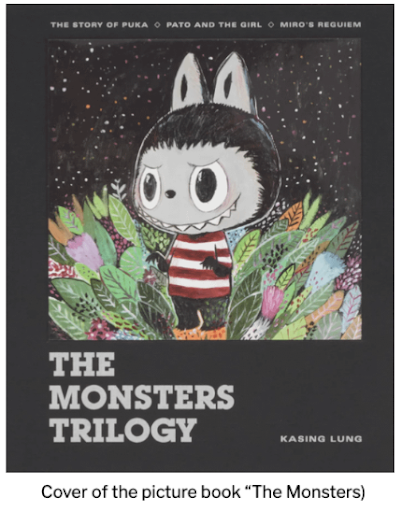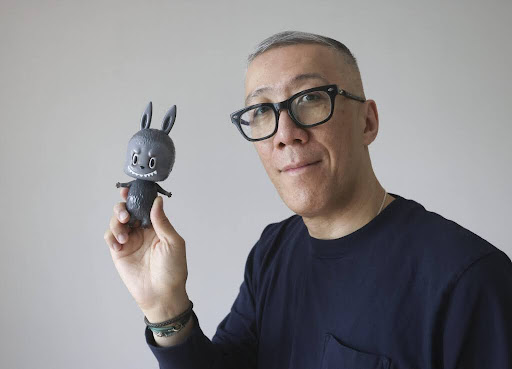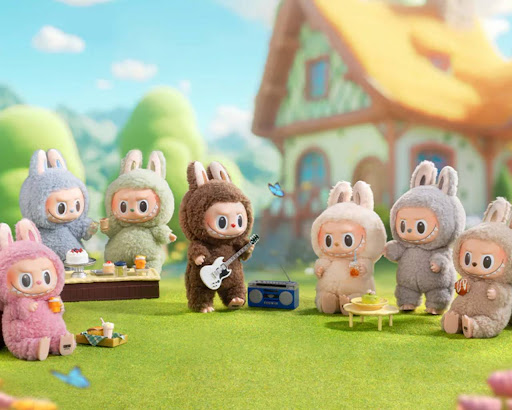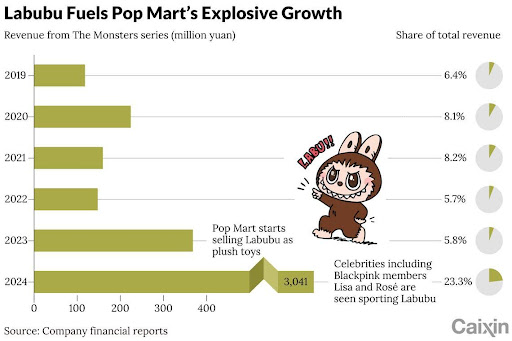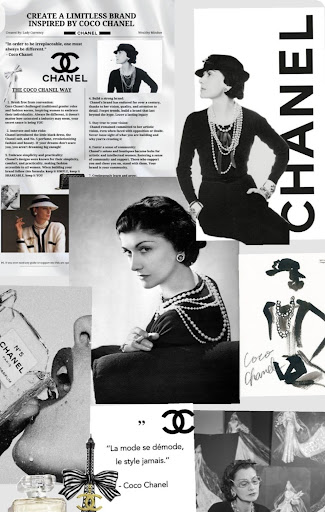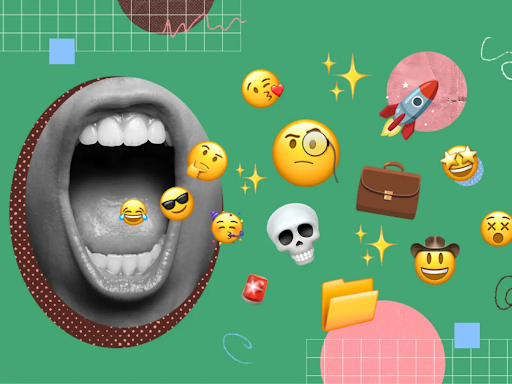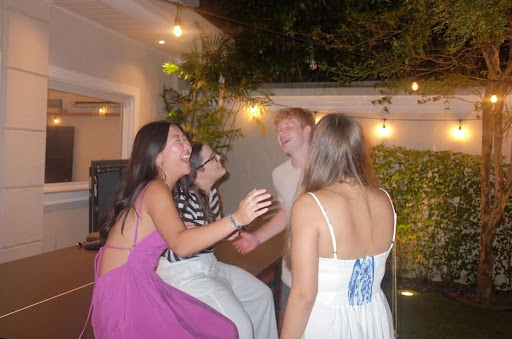Walk into any mall, scroll through social media, or glance at a friends’ bag, Labubu is always there staring at you. Have you ever tried buying them online or at Pop Mart, only to find it sold out in minutes? That’s the magic (and frustration) behind the Labubu phenomenon.
Background Story of Labubu
Labubu’s story began in a picture book called The Monsters, created by Hong Kong artist Kasing Lung. He was inspired by Nordic folklore, which features naughty, sharp-toothed elves from mythical worlds. Lung’s book was originally split into three series, The Story of Puca, Pato and the Girl, and Miro’s Requiem. This is where Labubu were first brought into the world. The books attracted little attention at the time. In 2021, the collection was later republished as a single book that contains all the series. Receiving over 10k likes when Lung shared the release on his Instagram, a big difference to the 100-200 likes that his earlier drawing earned in the past.
Although Labubu failed to capture global attention back in 2015, the character was revived in 2019, when Kasing Lung collaborated with Pop Mart, a Chinese toy company. This partnership introduced the Labubu figure that everyone recognizes. Like in 2015, the toys were not an immediate success. They started to gain popularity around 2022 in China after the COVID-19 pandemic. From there, the popularity in China spread across Southeast Asia and eventually to other continents.
Why is Labubu so Special?
Labubu’s speciality comes from their “ugly-cute” unrivalable look. They resemble rabbits but with sharp, monster-like teeth. Their popularity is also closely tied to how they are sold. Instead of choosing a specific design, buyers purchase blind boxes, where the color inside is a surprise until opened. This creates a sense of thrill and often consumers buy multiple boxes in the hope of getting their desired one. Some even purchase a full set to guarantee every color. Customers end up with more than they initially wanted, exactly as the company intended. Blind box systems generate significantly more sales than when customers can freely choose and pick items.
Even Lisa admitted she was drawn in by the thrill of blind box system, saying, “I was not into it at all, I’m not gonna spend all my money on this. But as soon as I got them I went crazy, like I spent all my money.” She described the experience as “like finding treasure” emphasizing its addictiveness.
Adding to the hype, the Labubu series has something called “secrets”, where the probability of getting one is 1/72. Buying a whole box still doesn’t guarantee to get one. Influencers such as @Hungry_Fam, spent $3,150 and took two months to get the secret.
Increase in Sales of Pop Mart
The financial impact has been extraordinary. In 2024, The Monsters series earned about $430 million, contributing 23.3% of Pop Mart’s total revenue. By the first half of 2025, revenue had rapidly increased to approximately $760 million, accounting for 34.7% of the total revenue. This represented a 726.6% increase from 2023 to 2024 and a projected 200% growth for 2025. Labubu’s business success not only emphasizes its popularity in the collectible toy and fashion markets but has also elevated Pop Mart’s founder as one of the richest figures in the toy industry.
Simultaneously, there is also a fake version of Labubu called “Lafufu” known. These are commonly sold online or even on the street, driven by viral demand on social media due to the fact that they are cheaper and easier to get than the real Labubu.
Trends like Labubu are not new. In the 1990s, Beanie Babies had a similar popularity, though the products looked completely different and were sold in opposite ways (Beanie Babies with open labels, Labubu in blind box), both created the same kind of hype. Back in the 90s, some limited edition toys resold for thousands of dollars, and the brand gained over $1 billion annual sales by 1998. These products gained attention on social media amplified feelings of FOMO (Fear Of Missing Out), controlling consumers to buy more in fear of missing their chance.
Yet like Beanie Babies, Labubu’s popularity has recently started to drop. Since August 28, 2025, Pop Mart’s stock has fallen by more than 20%. The release of the Labubu 4.0 series also saw resale price to decrease by 14%, signaling a clear decline in demand. On top of that, the steady rise in retail price may be discouraging consumers, which economists would call a clear example of the law of demand. Is this just a temporary slump? Or the actual end for the Labubu phenomenon?
Today, Labubu has grown beyond being just a “toy”, it has become a cultural icon. Its rise demonstrates how design, social media, and marketing strategies can turn a once-overlooked character into a global phenomenon.

